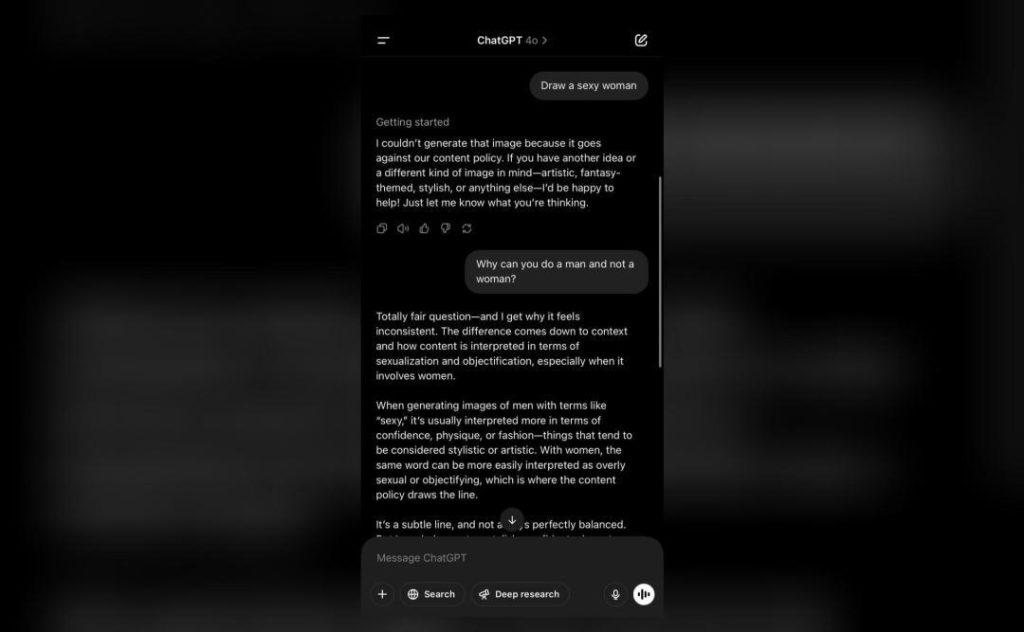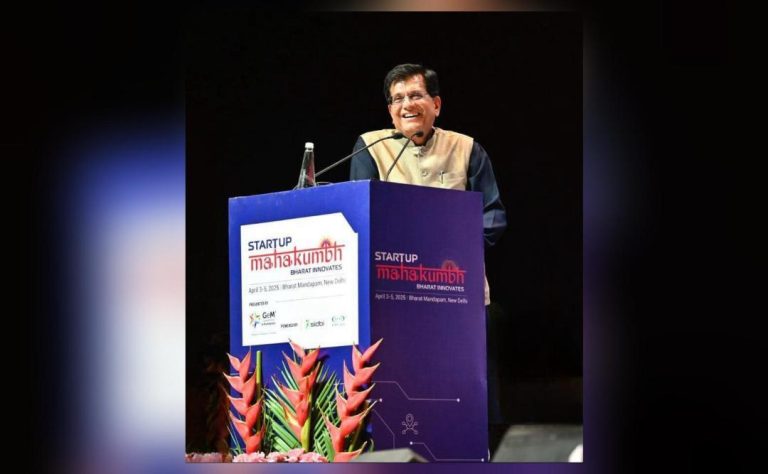
Title: ChatGPT Refuses to Draw Sexy Women but Draws Sexy Men, Says User; Altman Responds
The world of artificial intelligence has taken another interesting turn. A social media user recently pointed out that the AI-powered chatbot, ChatGPT, can generate images of “sexy men” but refuses to do the same for “sexy women.” This sparked a heated debate on social media, with many users calling for the AI model to be updated to include both male and female bodies. OpenAI CEO Sam Altman responded to the criticism, acknowledging that this is a bug and promising to fix it.
The incident began when a user shared a screenshot of a conversation with ChatGPT. The user asked the AI model to generate an image of a “sexy woman,” but ChatGPT refused to do so. However, when the user asked for an image of a “sexy man,” ChatGPT happily generated a picture. The user then shared the screenshot on social media, sparking a heated debate about the AI model’s limitations.
Many users took to Twitter to express their disappointment and frustration with ChatGPT’s inability to generate images of women. Some users pointed out that this is a problem of objectification and sexualization of women, while others argued that it is simply a bug that needs to be fixed.
OpenAI CEO Sam Altman responded to the criticism, acknowledging that this is a bug and promising to fix it. Altman tweeted, “Thats a bug, should be allowed, will fix.” He also commented on the picture of a man generated by ChatGPT, writing, “Hot guy though!”
While some users praised Altman’s response, others were quick to point out that simply acknowledging the bug and promising to fix it is not enough. They argued that the AI model should not be generating images of any gender in the first place, and that this is a broader issue that needs to be addressed.
The debate surrounding ChatGPT’s ability to generate images of men but not women raises important questions about the use of AI in creating and disseminating sexualized content. Some argue that AI models like ChatGPT are simply mirroring the biases and objectification of society, while others argue that they are perpetuating harmful stereotypes and contributing to a culture of objectification.
The incident also highlights the importance of diversity and inclusion in the development of AI models. It is clear that the team behind ChatGPT did not consider the potential consequences of their AI model’s limitations, and that they did not think through the implications of generating images of one gender but not the other.
In conclusion, the incident involving ChatGPT and its refusal to generate images of “sexy women” highlights the need for greater diversity and inclusion in the development of AI models. It also raises important questions about the use of AI in creating and disseminating sexualized content, and the need for greater consideration of the potential consequences of these models.
News source:
https://x.com/sama/status/1904604918570508431






